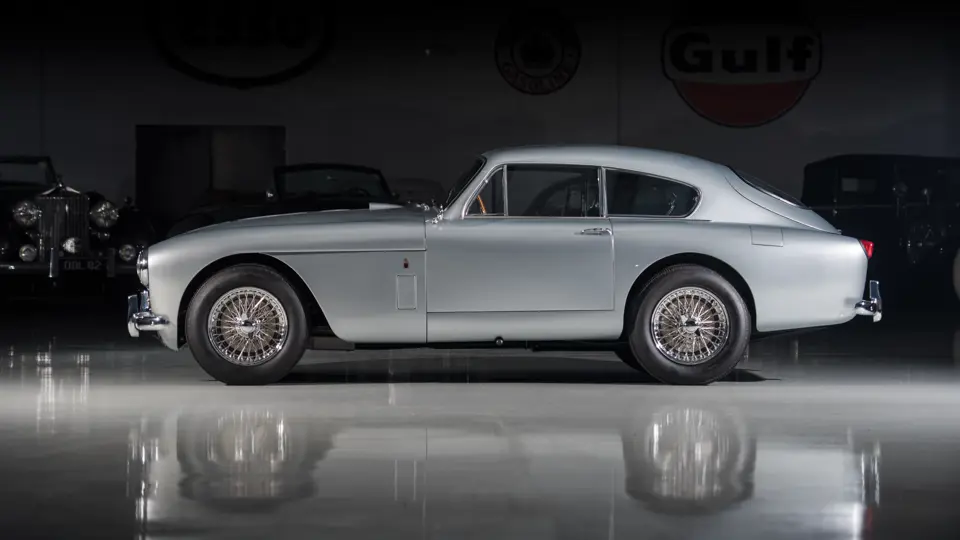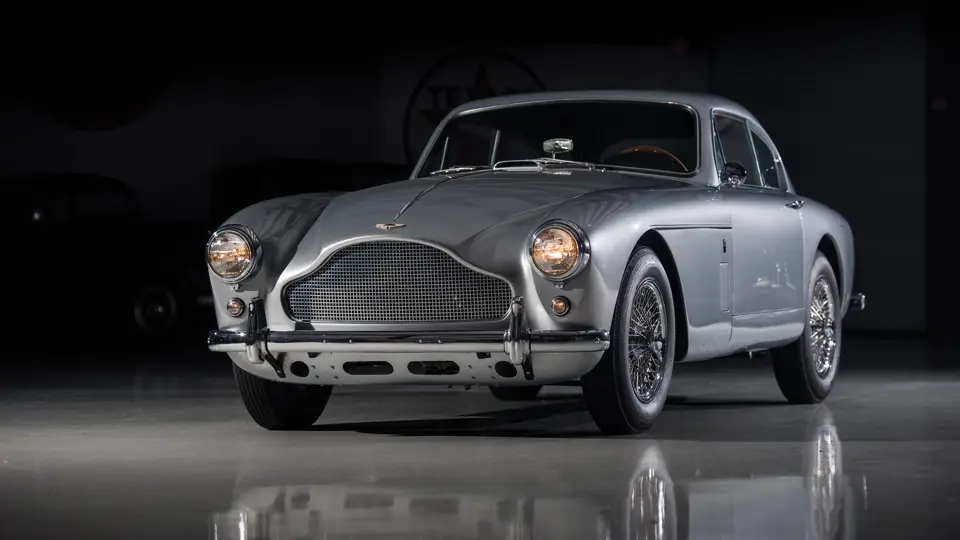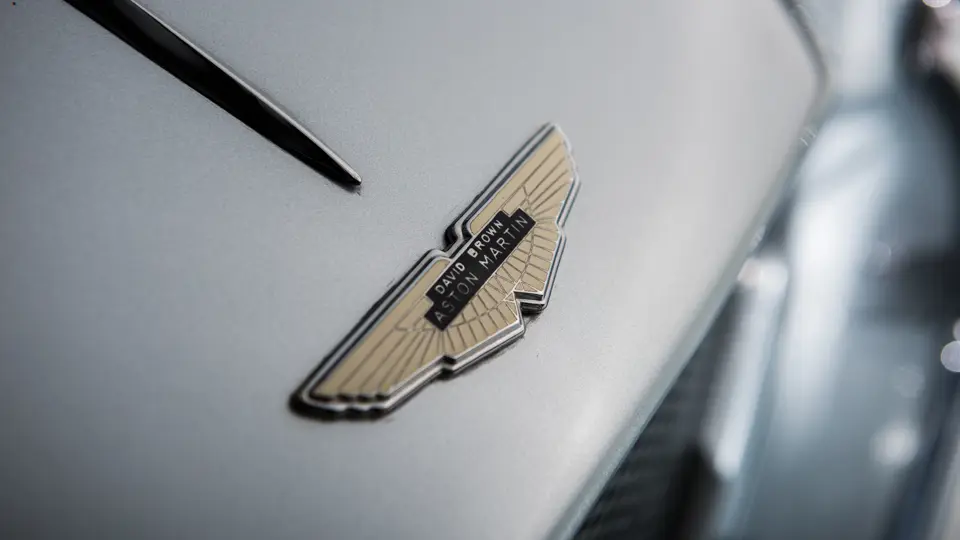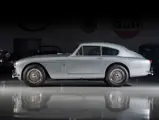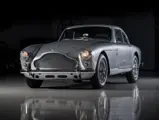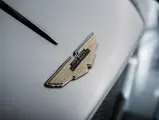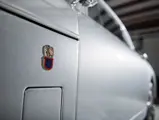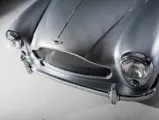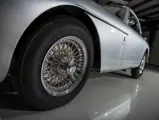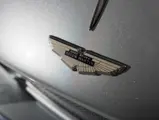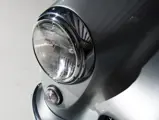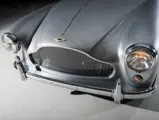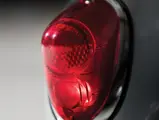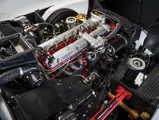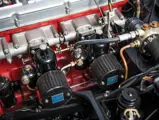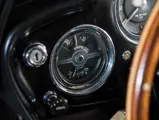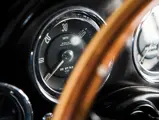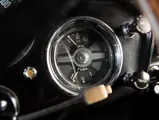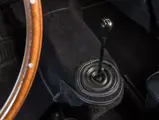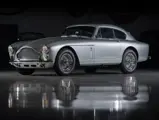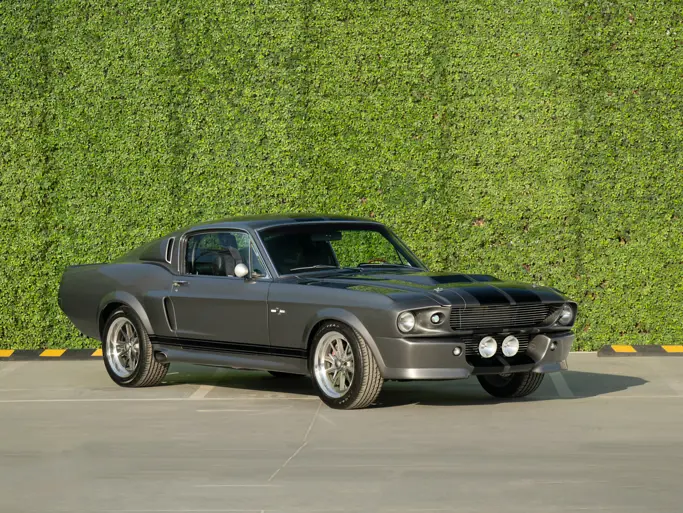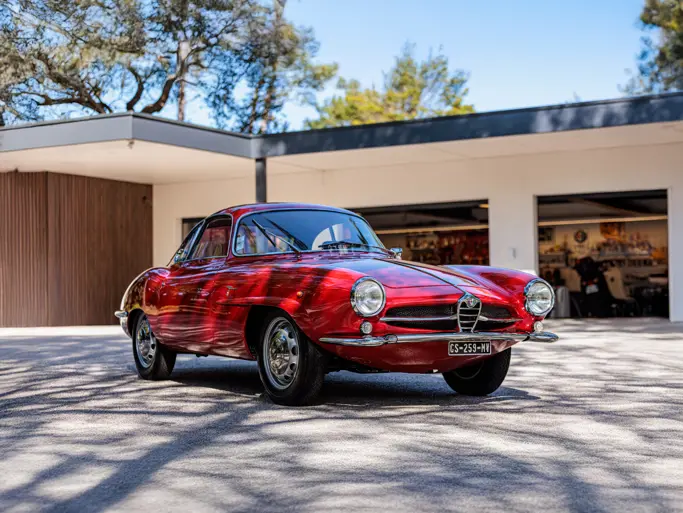
1958 Aston Martin DB Mark III by Tickford
{{lr.item.text}}
$302,500 USD | Sold
A Gentleman's Collection: The Pride & Passion of Orin Smith
{{bidding.lot.reserveStatusFormatted}}
- The ultimate variant of the original “DB”; one of only 551 built
- An original U.S.-delivery example, supplied via Peter Satori Motors
- Equipped with its original, numbers-matching engine
- Documented by a copy of the original Aston Dorset build sheet
178 bhp, 2,922 cc DOHC inline six-cylinder engine with twin SU carburetors, four-speed manual transmission, independent front suspension with coil springs, live axle rear suspension with coil springs and radius rods, and hydraulically assisted front disc and rear drum brakes. Wheelbase: 99 in.
Like all British car manufacturers, Aston Martin was left to pick up the ashes at the end of World War II and try their best to get back on their feet. Luckily, the company was rescued from liquidation by an industrialist by the name of David Brown. While the first post-war Aston, the 2-Litre Sports, only found 14 buyers, the car that followed would be a resounding success, with its W.O. Bentley-designed six-cylinder engine appropriated from Lagonda, which Brown acquired in parallel with Aston Martin.
The DB2 was introduced in 1949 in prototype form, and it incorporated everything that anyone could ever want from a sports car at the time; in addition to the pedigreed twin-cam six, it featured gorgeous aluminum bodywork that could be acquired in either coupe or drophead body styles. The next model was named the DB2/4, in reference to the occasional rear seating found below a folding panel. By 1957, 1,175 DB2s and DB2/4s had been sold, as the company was still a boutique operation. Then, the final and most sophisticated version of the line, ultimately marketed as simply the “DB Mark III,” added 551 units to the total by 1959.
This final DB2-series iteration is central to Aston Martin’s heritage, as it is the first production Aston Martin to feature the marque’s now trademark grille, which appeared first on versions of the legendary sports-racer, the DB3S. Inside the cabin, the grille’s shape was mirrored by the car’s dash binnacle, and designers chose to place the instruments directly in front of the driver. The updated “DBA” engine benefitted from a stiffer block, stronger crankshaft, high-lift camshafts, and bigger valves, and it would be the final evolution of the W.O. Bentley-derived powerplant. Perhaps the biggest improvement to the Mk III over the early DB2/4s was the eventual addition of front disc brakes, a first for any road-going Aston Martin and offered well ahead of most of its larger competitors.
The Mk III offered here is identified by its original build sheet, a copy of which is on file, as having been delivered to famed Los Angeles dealer Peter Satori on 16 September 1957. The same build sheet notes that the car was equipped with engine number DBA/1001, which it retains under the hood to this day, and equipped with the 3.77:1 rear axle ratio, Smiths speedometer, and Avon Speed tires.
A later owner of the Mk III was Jimmy Dale, a longtime Aston Martin enthusiast in Florida, who completed its exacting restoration to its present condition and appearance. Finished in a sparkling metallic silver with dark grey Connolly leather upholstery, it presents extremely well, with excellent body panels and shut lines, very good paintwork, and unmarked brightwork, all of which appears to have been freshly done throughout. The interior shows light stretching from driving enjoyment, common to the sports cars within the Smith Collection, as their owner did, in fact, insist that each car in the collection be ready for one of his frequent runs. Recent detailing is shown off to good effect, as the car is scrupulously clean underneath and under the hood, where a correct set of road tools remains present. The odometer recorded 68,517 miles at the time of cataloguing and is one of but a set of clear and attractive instruments within the well-restored dashboard. Accompanying the car is a reproduction spiral-bound instruction manual for the Mk III.
A lovely DB Mk III, to drive or show with equal pride, this car looks the part of a well-finished, properly maintained “gentleman’s express.”







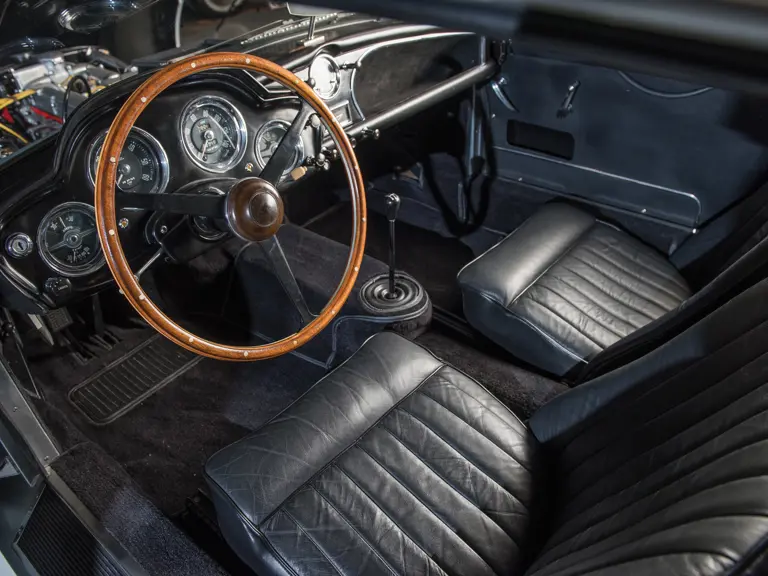

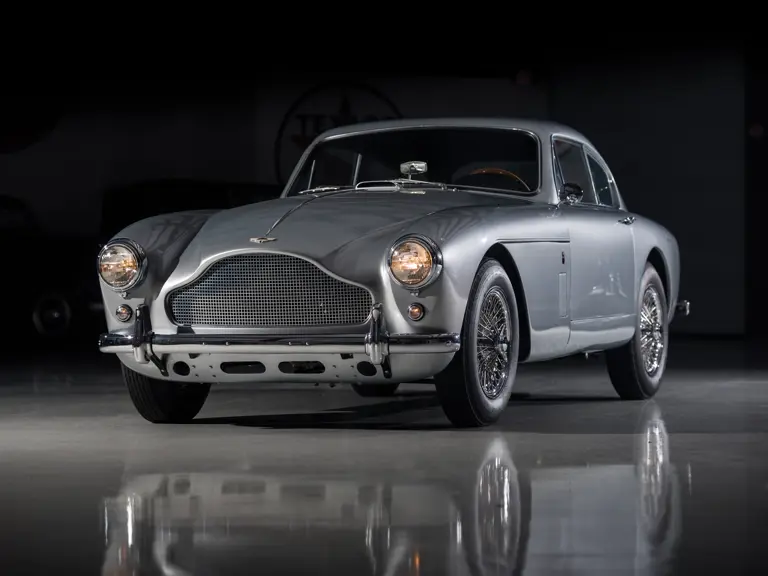

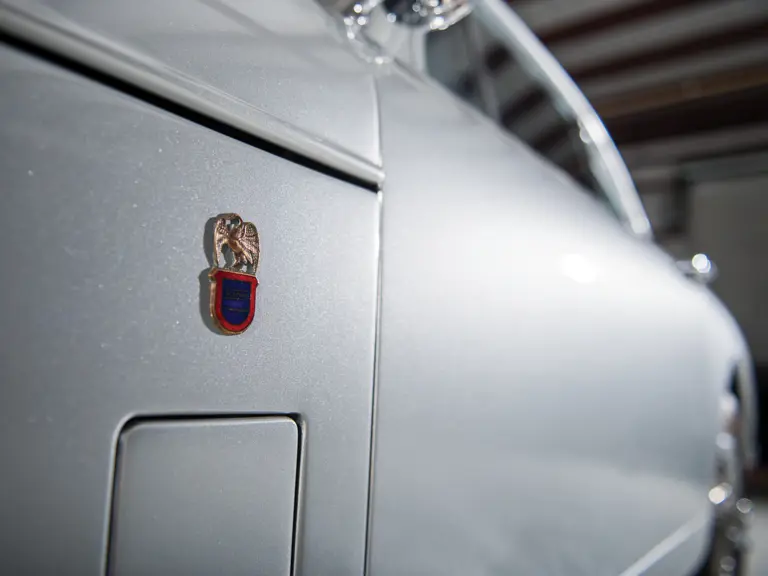
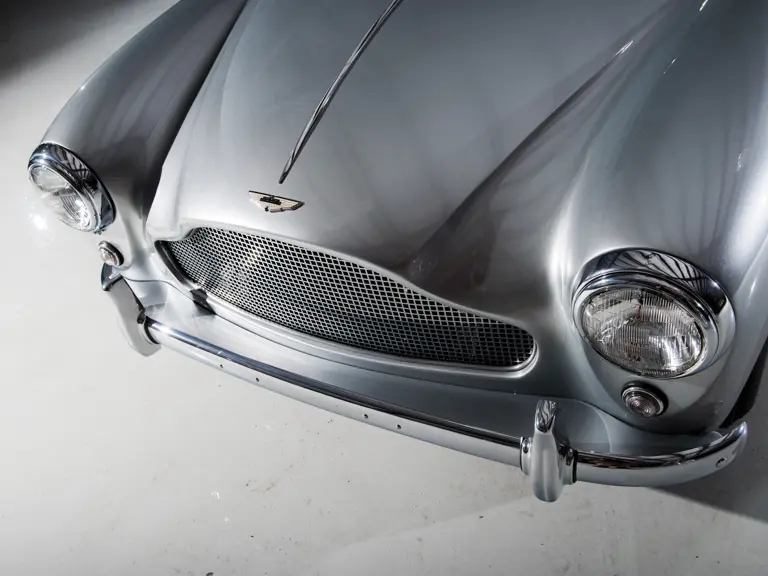
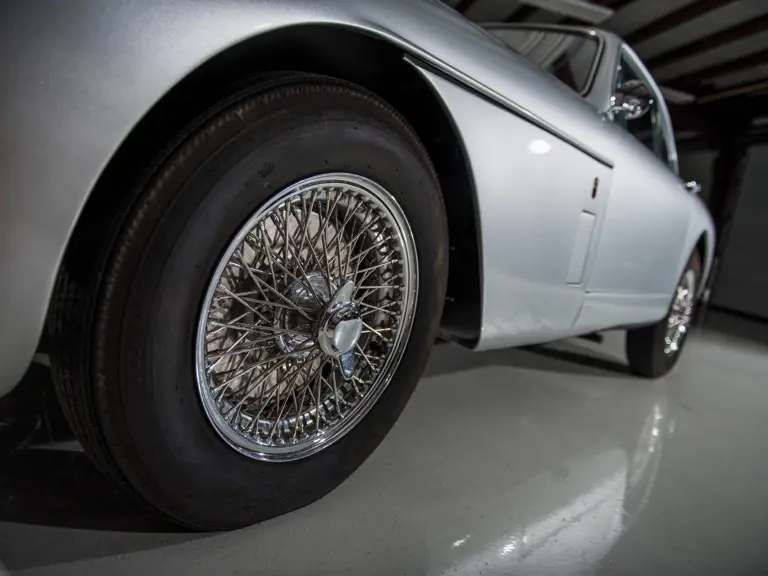

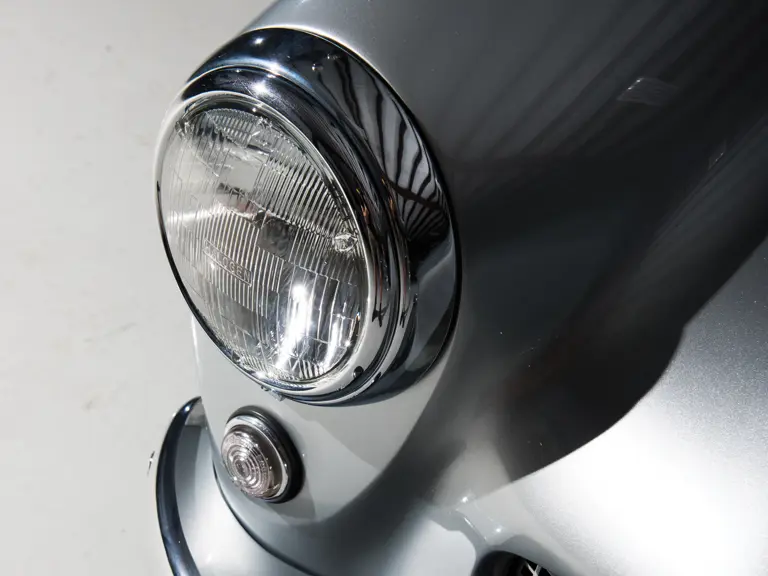
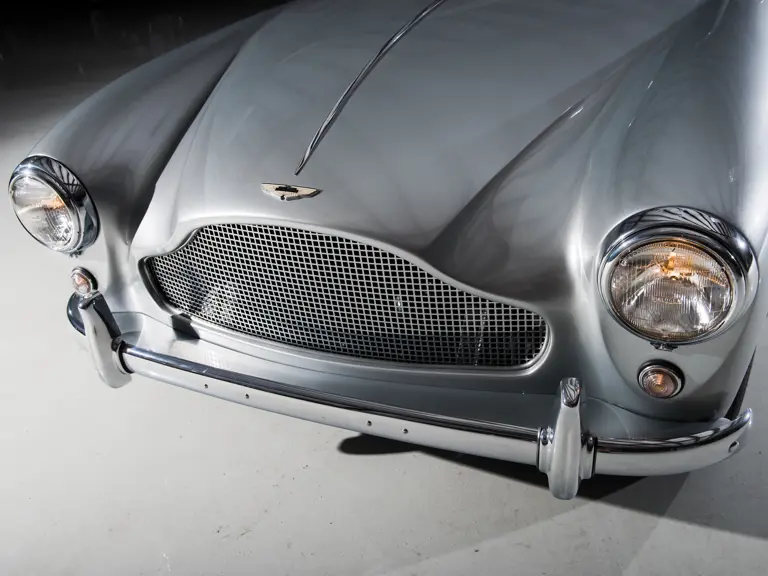
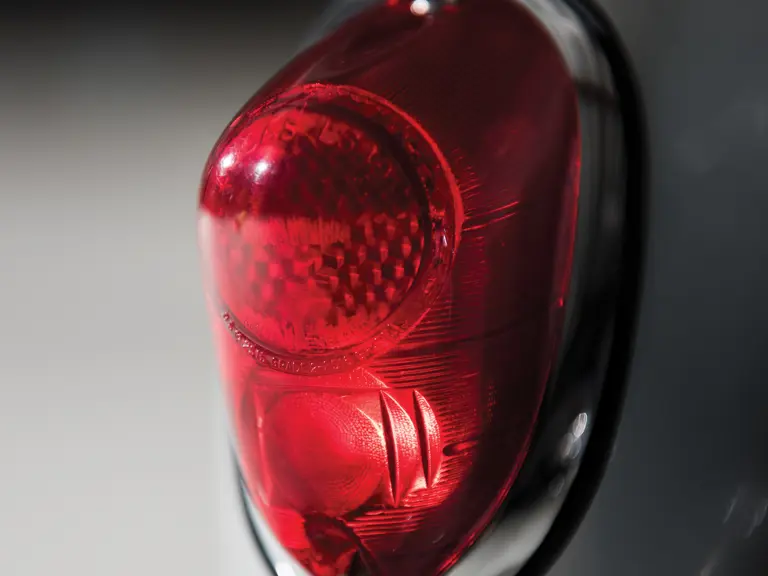

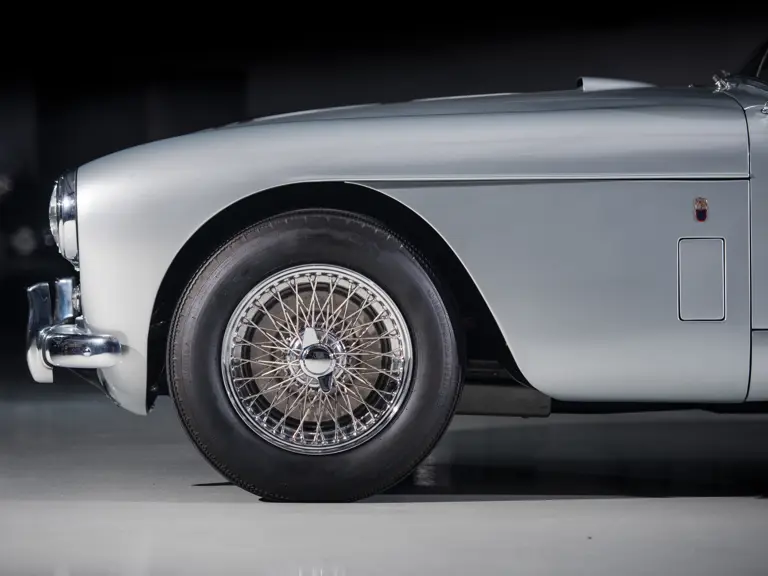

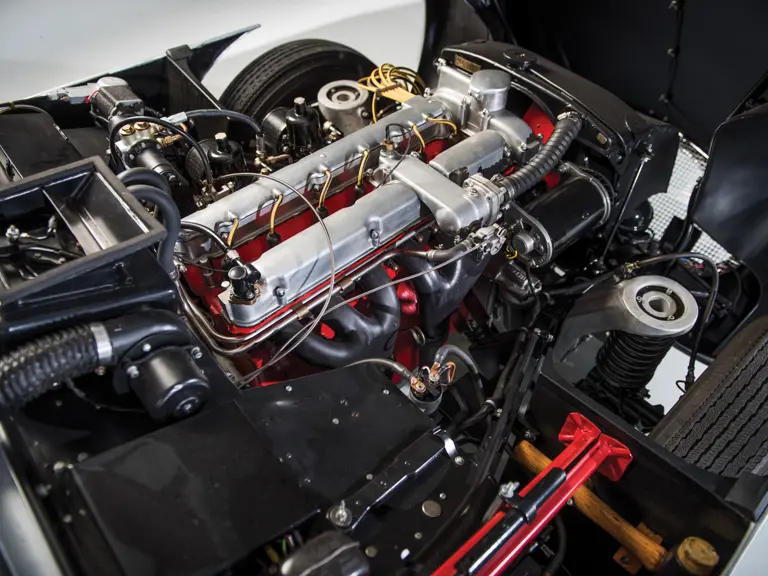



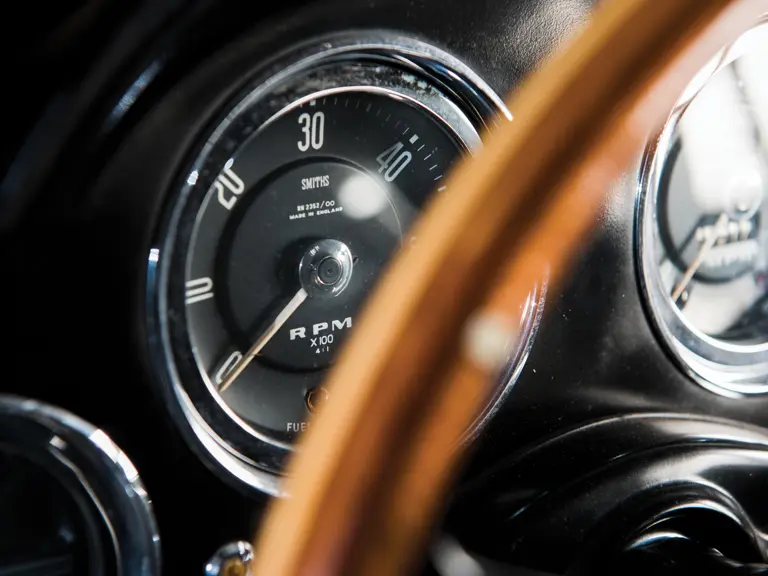
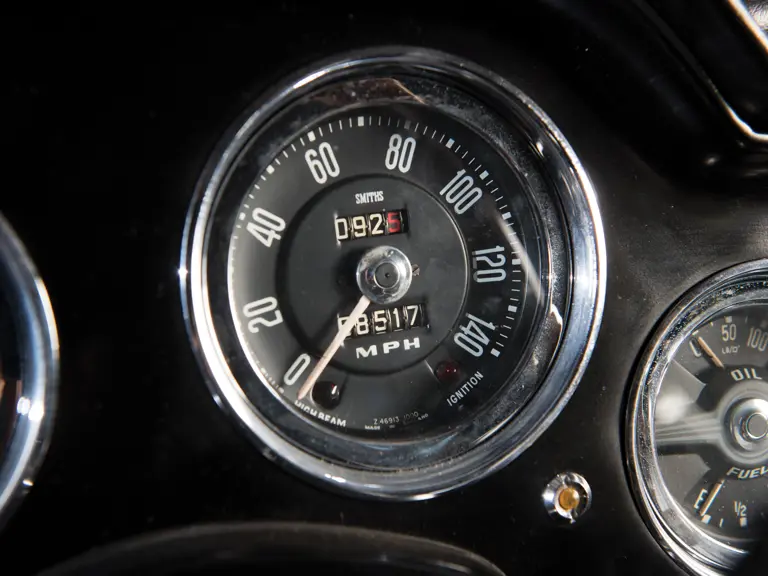
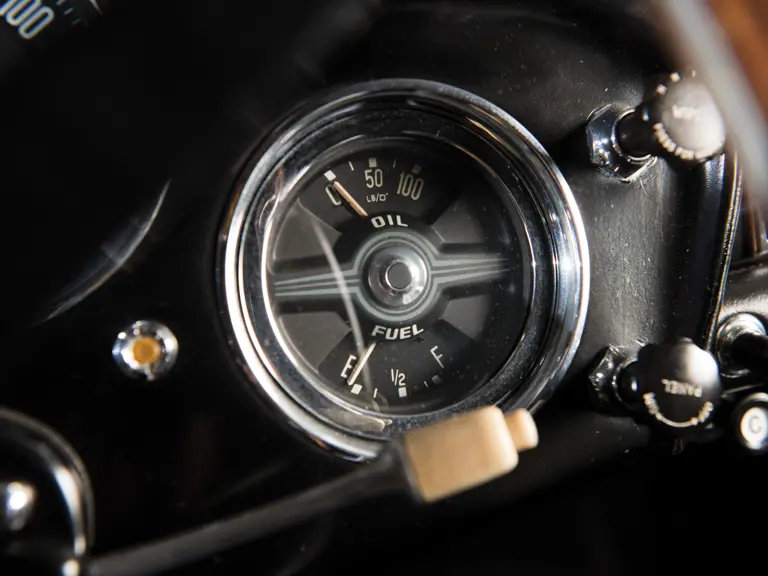
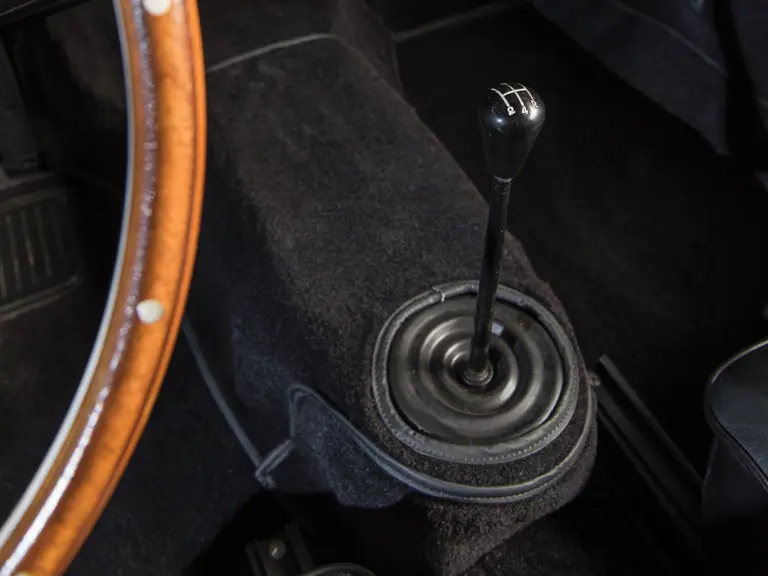

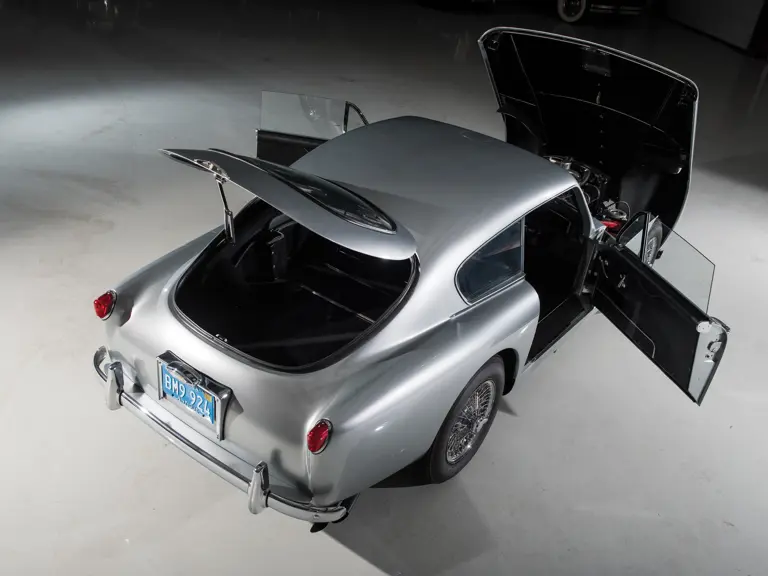
 | Amelia Island, Florida
| Amelia Island, Florida
